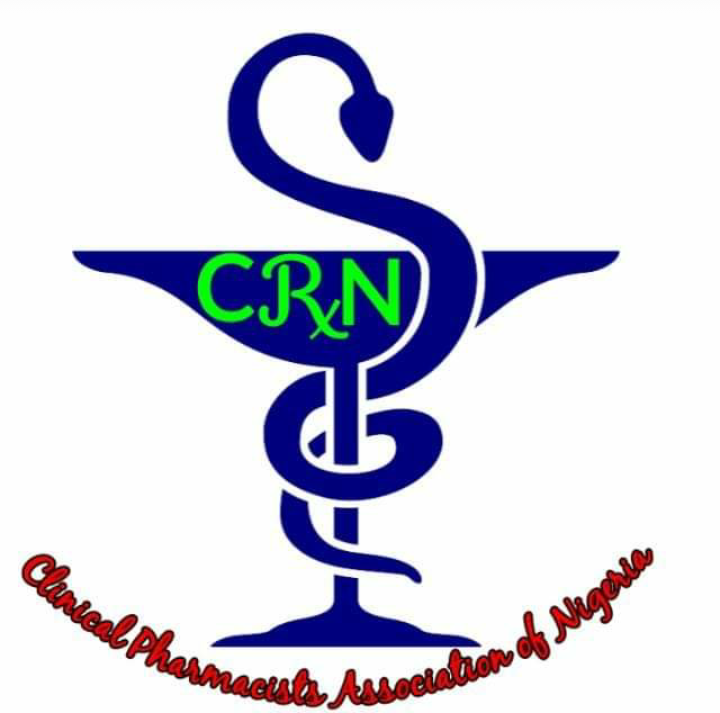CRISPR (Clustered Regularly Interspaced Short Palindromic Repeats) is a revolutionary Gene editing technique that is proposed to help treat and cure major ailments that have been impossible to treat up till now. It makes precise changes in an individuals DNA (Deoxyribonucleic Acid).
One 65 year old man known as Patrick Doherty has already benefited from the method which was used to cure him of a very rare genetic disease known as Transthyretin Amyloidosis which he inherited from his father who died from complications of the disease. Amyloidosis results from a disruptive protein produced by the liver, which destroys vital tissues and nerves in his hands feet and heart. This results in rapid deterioration of the individuals condition and gradual crippling of the individual and eventual death. The prognosis is very bad.
So researchers were able apply Gene editing to Doherty's and 5 other patients condition and reported that from data the treatment had worked as there was a drastic reduction in the tissue destructive protein in the patients body. Doherty also reported that he felt much better. This is proof that CRISPR could be used to treat many other, much more common diseases. It's a new way of using the innovative Gene editing technology.
CRISPR RNA is considered a major breakthrough in the field of synthetic biology. There have been numerous publications reflection ng this emerging role of CRISPR in disease treatment. CIRSPR is also used to synthesise RNA (Ribonucleic Acid). Researchers consider the application of CRISPR in the clinical setting in a targeted manner by delivering it at the right location in the right way
CRISPR has already been used to treat patients suffering from the devastating blood disorders like sickle cell disease and beta thalassemia. And doctors are exploring it's applications in trying treating cancer and to restore vision to people blinded by a rare genetic disorder. Such experiments are usually invasive whereby cells are extracted from the subject, edited and infused back into the subject. Another method would be to inject CRISPR (Gene editor) directly into the patients body cells that need to be fixed such as the kind of trial Mr Doherty was involved in. The CRISPR then finds its way to the damaged cells and edits the targeted Gene.
In Doherty's case the CRISPR-Cas9 comprising of billions of nano particles were injected systemicaly into the bloodstream of the patients. With the nanoparticles carrying specific instructions for editing genes. The CRISPR editor honed in on the target gene in the liver and sliced it, disabling production of the destructive protein.
Researchers are now trying to guarantee safety of the treatment by longer patient follow up treatment and monitoring. Already treatment of other debilitating diseases such as heart disease, muscular dystrophy and brain diseases such as Alzheimer's, using CRISPR are being considered


This is so refreshing, as it spells great hope for people with blood disorders and other rare conditions.